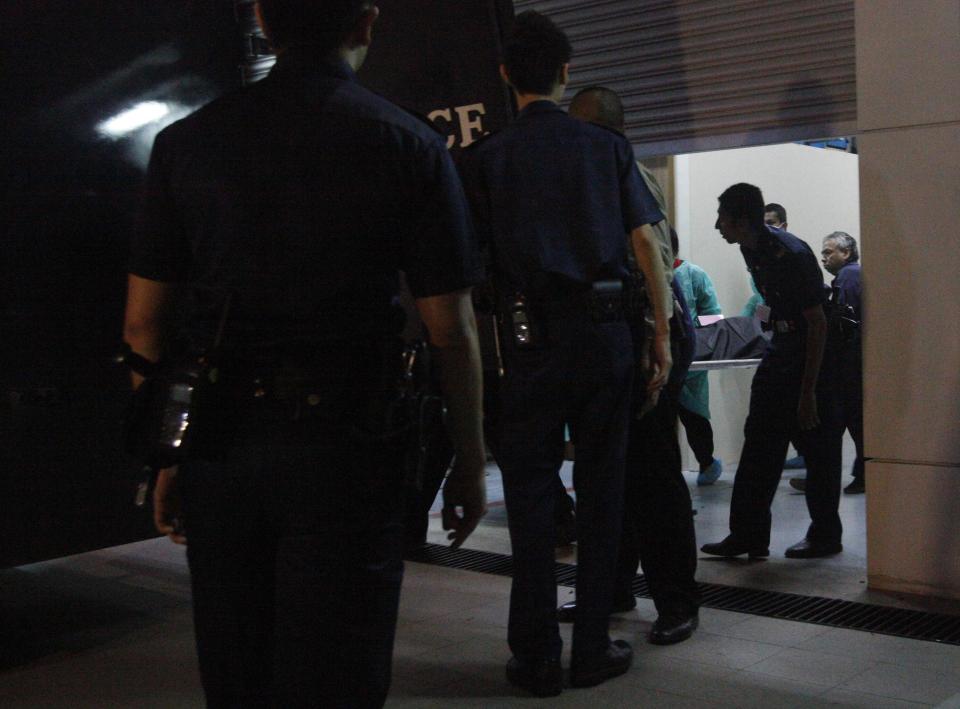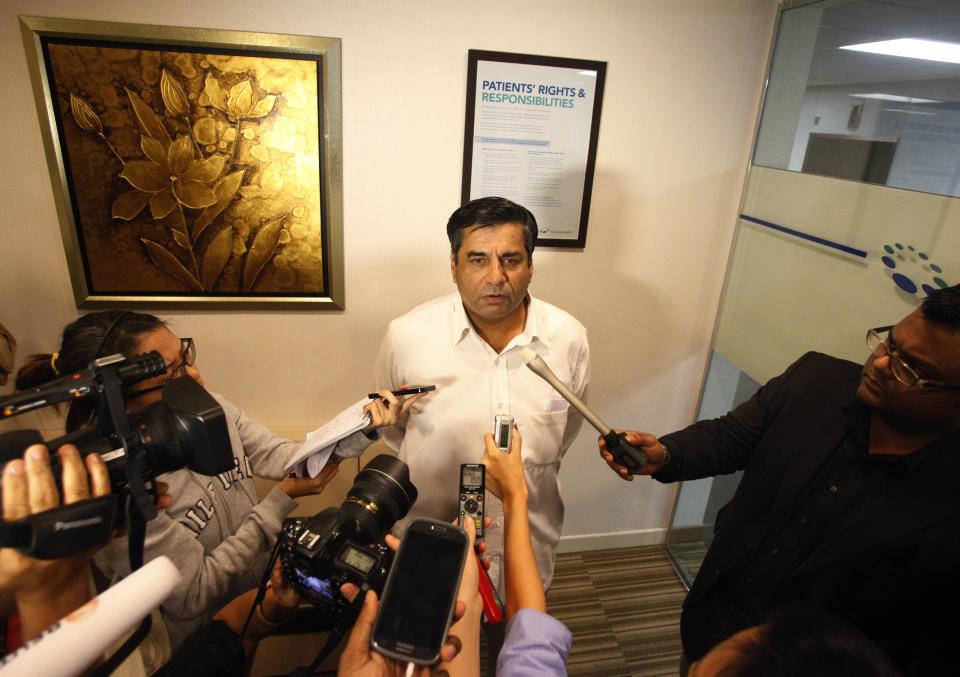COMMENT: Lessons for Singapore in brutal gang rape tragedy
COMMENT
As 2012 draws to a close, most Singaporeans’ hearts are filled with sadness, not joy.
All the triumphs and moments of elation this year—from our country’s first individual Olympic medal in more than 50 years to the broader Asian pride we feel every time somebody horses around to the Gangnam Style—have been rightly overshadowed by the shocking, abhorrent gang-rape of Amanat (not her real name), the young Indian student who passed away in Singapore after having been flown here for medical treatment from Delhi, the scene of the crime.
As we wipe away our tears, and search our souls for answers, many Singaporeans, in a philosophical mood, have come away feeling rather proud about Singapore, particularly the way we treat women. Our attitudes are buttressed, so the argument goes, by our strict laws here. Minister K Shanmugam has said that he cites cases like Amanat’s “in discussions with people who want the death penalty abolished”.
But all this Singaporean triumphalism misses the point. There are at least two reasons why we should not use Amanat’s case for a bout of nationwide fist pumping.
The first is that although Singapore has over the years made great strides in terms of gender equality, there is still a long way to go.
Just last year, the Association of Women for Action and Research (Aware) expressed concern about the Singapore government's level of commitment to gender equality, soon after the release of a report by the UN Convention On the Elimination Of All Forms of Discrimination Against Women (CEDAW).
Aware has “documented forms of discrimination against women in matters related to employment and work arrangements, healthcare, financial security, violence and harassment, stereotyping in the media, foreign brides, foreign domestic workers, sex tourism, trafficking and political representation”.
Meanwhile, women in Singapore generally earn less than men, particularly in blue-collar jobs. For instance, the median wage of a male cleaner or labourer is almost 30 percent higher than for a female. It is a similar story among corporate leaders: women made up only 7% of boardroom positions in listed companies in Singapore in 2011. [iv]
Singapore scores fairly poorly on the World Economic Forum’s 2012 “Gender Gap Index”, ranking 55th out of 135 countries, right below Bulgaria, Poland and the Kyrgyz Republic.
Finally, when it comes to rape—the most relevant topic in the discussions around Amanat—Singapore is hardly a paragon of virtue. It seems disingenuous for Singapore to beat its own drum now when just a few months ago close to 50 men, including some prominent business and community leaders, were charged with statutory rape of an under aged prostitute.
Perhaps the most damning statistic is the fact that the rate of rape in Singapore is more than double than in India.
In 2009, Singapore had 202 reported cases; India had 21,397. For every 100,000 people, that translates into more than 4 rape cases in Singapore; but only 1.8 in India.
Perhaps there is less reporting of rape in India. But under-reporting is a problem in Singapore too. The CEDAW report highlighted “the persistence of domestic and sexual violence against women here—which it says remains under-reported”.
One big difference is that India seems to see more violent, random rapes in public areas, like Amanat’s. In Singapore, by contrast, familiar people, including friends and relatives, committed some 96.5% of the 202 rapes in 2009.[viii]
Compared to Delhi—and many other parts of the world—Singapore has safe streets, and we must cheer the fact that women can walk around in the middle of the night safely. But Singapore has a different sort of a problem that must be acknowledged, and not swept under the carpet of some false gender equality. Just because our streets are safe at 3am does not mean that a Singaporean woman is not suffering somewhere.
The second reason why Singapore should not use India as a base of comparison is because this country should be striving to emulate more developed countries; there is little to be gained from grandstanding against less developed countries that are completely different.
India and Singapore are not on some common developmental trajectory, with Singapore further ahead. Our starting points and journeys are completely different. For instance, Singapore never had to deal with the deep-rooted chauvinism that exists in certain quarters of Indian society.
Rather than looking to India, better instead to emulate the likes of Iceland, which topped the World Economic Forum’s 2012 “Gender Gap Index”. Among its many other remarkable signs of progress here, in early 2009, Iceland elected its first female prime minister, Jóhanna Sigurðardóttir, who also became the world's first openly lesbian head of government.
Amanat will always be in our hearts. Her legacy should serve to remind the world that wherever we are, whoever we are, we must continue the struggle to achieve gender equality in our own societies.
Each country, including Singapore, has its own challenges that need to be addressed.
Sudhir Thomas Vadaketh is a senior editor with the Economist Intelligence Unit (EIU). The views expressed here are purely his own. Sudhir is the author of Floating on a Malayan Breeze: Travels in Malaysia and Singapore, a socio-economic narrative on the two countries.



